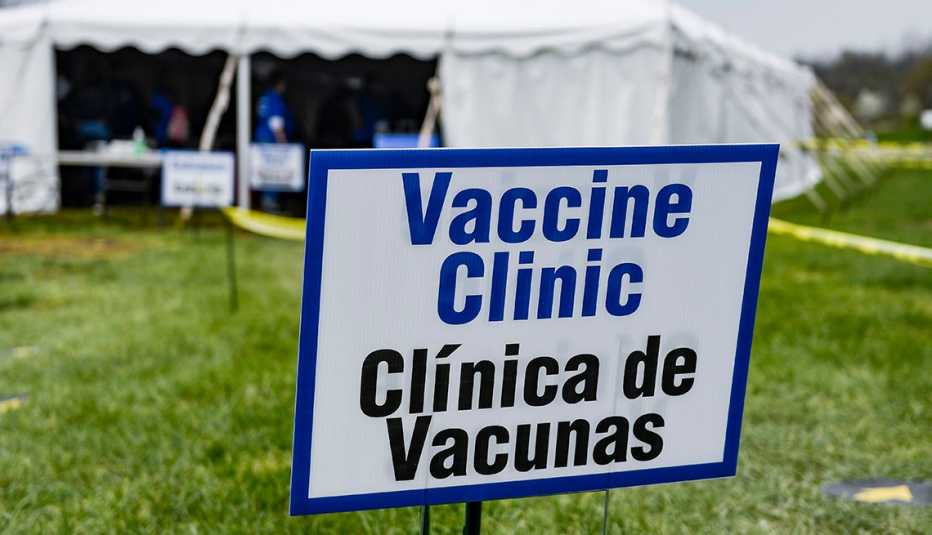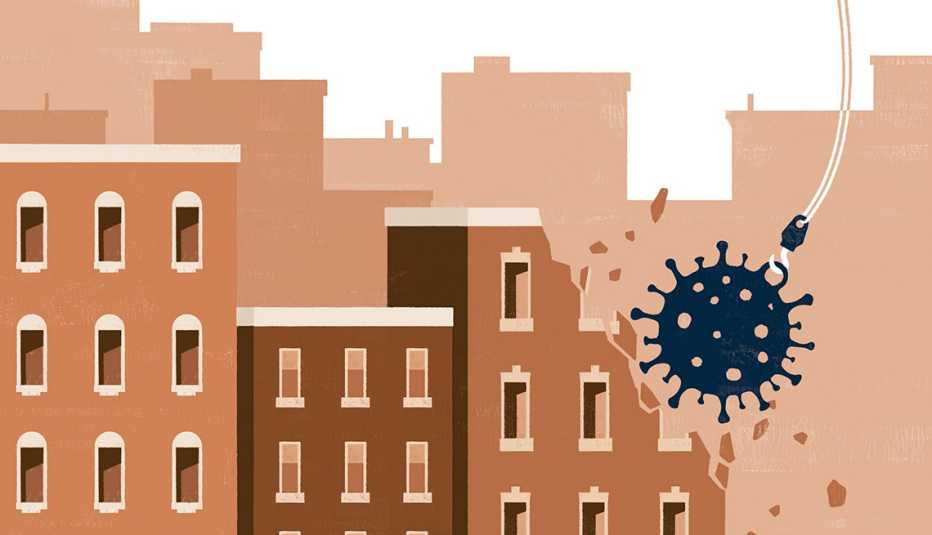Staying Fit
Although their symptoms differed, older Hispanics with COVID-19 who visited two geriatric emergency departments in Southern California had outcomes that were no worse than those for non-Hispanic visitors, according to a study appearing in the Journal of Emergency Medicine.
Researchers at the University of California, San Diego, reviewed the medical records of 100 adults with COVID-19 who were seen in the geriatric emergency departments between March 10 and Aug. 9, 2020. Overall, 79 percent of the older adults visiting these sites were hospitalized and 19 percent died, but no difference was found between outcomes for Hispanics and non-Hispanics. Likewise, the researchers found no difference between Hispanics and non-Hispanics who required admission to the intensive care unit or who returned to the geriatric emergency departments within 30 days of discharge.


AARP Membership— $12 for your first year when you sign up for Automatic Renewal
Get instant access to members-only products and hundreds of discounts, a free second membership, and a subscription to AARP the Magazine.
Geriatric emergency departments commonly include staff trained in geriatric medicine and may be stocked with supplies — such as walkers, low beds and hearing-assist devices — to accommodate patients age 65 and older. The study notes that these “Geri EDs” have been shown to “improve health outcomes in older adults, such as lowering risk of hospital admission and readmission and reducing length of stay."
Differences in symptoms
The Geri ED patients included in the study were evenly split between men and women, and were an average age of 76. Forty-six percent were Hispanic, 44 percent were white, 10 percent were Black and 6 percent were Asian.
The study did find some differences in the common symptoms experienced by Hispanic patients:
- 78.3 percent had shortness of breath, compared with 51.9 percent of non-Hispanics
- 21.7 percent had sore throats, compared with 7.4 percent of non-Hispanics
- 45.7 percent had blood oxygen saturation levels below 94 percent, compared with 22.6 percent of non-Hispanics
The researchers also found that Hispanic patients had significantly higher rates of acute medical conditions than other patients:
- 82.6 percent had pneumonia, compared with 50 percent of non-Hispanics
- 41.3 percent had acute kidney failure, compared with 22.2 percent of non-Hispanics
- 13 percent had acute respiratory distress syndrome, compared with 1.9 percent of non-Hispanics
The researchers suggest that a higher prevalence of obesity among older Hispanics may partly explain the higher incidence of acute medical conditions, noting that previous studies have found older adults suffer more severe outcomes from COVID-19 if they have comorbidities, such as obesity, cardiovascular disease or chronic kidney disease.



































































